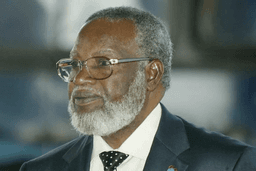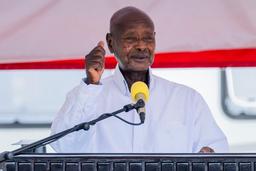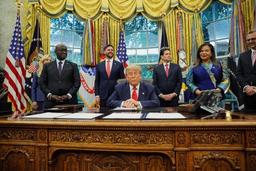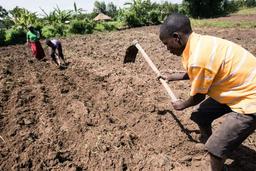Sierra Leone
Sierra Leone is a West African country located on the Atlantic coast. It is bordered by Guinea to the north and east, Liberia to the southeast, and the Atlantic Ocean to the west and southwest. The capital and largest city is Freetown. Sierra Leone is known for its rich natural resources, including diamonds, gold, and titanium. However, the country has faced significant challenges, including a brutal civil war from 1991 to 2002, which severely impacted its development. Since the end of the conflict, Sierra Leone has made steady progress in rebuilding its economy and infrastructure. It has a diverse culture with multiple ethnic groups, and English is the official language. The economy is largely based on mining, agriculture, and fisheries. Sierra Leone continues to work on improving education, healthcare, and governance, aiming for sustainable development and poverty reduction.

8.9

West Africa

71,740

GMT +0

English

Leone (SLE)

Islam, Christianity

Julius Maada Bio
Brief
Sierra Leone is a vibrant and resilient nation located on the West African coast, bordered by Guinea to the north and east, Liberia to the southeast, and the Atlantic Ocean to the west. Known for its stunning natural beauty, rich cultural heritage, and welcoming people, the country stands as a shining example of strength, diversity, and renewal. Its capital, Freetown, holds deep historical significance as a settlement for freed slaves and is today a bustling, coastal city with one of the largest natural harbors in the world.
The landscape of Sierra Leone is breathtaking, stretching from golden beaches and lush rainforests to rolling hills and majestic mountains. The country’s environment teems with biodiversity, offering great potential for eco-tourism and conservation. Its people, drawn from over a dozen ethnic groups, coexist peacefully and proudly celebrate their shared heritage. While English is the official language, Krio—a vibrant Creole rooted in English and African languages—is spoken by the majority and serves as a strong symbol of unity.
Sierra Leone’s population of nearly nine million is predominantly youthful and energetic, with growing opportunities in education, entrepreneurship, and technology. Despite past challenges, including a civil war and health crises, the nation has emerged stronger, embracing democratic governance, inclusive development, and regional cooperation. Under the leadership of President Julius Maada Bio, Sierra Leone is advancing key reforms in education, healthcare, and infrastructure, and championing women’s empowerment and youth participation.
The country is rich in natural resources, particularly diamonds, gold, and bauxite, but is now also focusing on sustainable agriculture, fisheries, and tourism to drive long-term growth. One of Sierra Leone’s most admirable qualities is its religious harmony—Muslims and Christians live and worship side by side in a spirit of tolerance and mutual respect.
Today, Sierra Leone is a country of peace, progress, and promise. Its past has shaped a determined and forward-looking society, eager to share its story with the world. With a growing economy, cultural depth, and unmatched hospitality, Sierra Leone continues to rise—confident in its identity and committed to a brighter, more inclusive future.
Photos and Videos
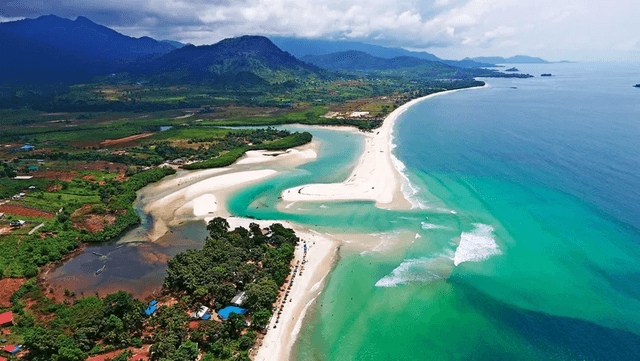

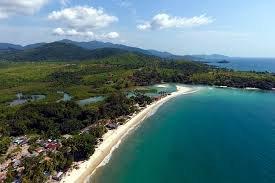
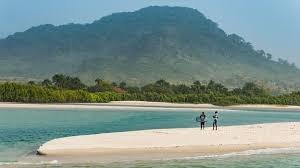
National anthem
Cultural Life
Cultural milieu
Sierra Leone’s cultural milieu is rich, diverse, and deeply rooted in tradition. With over 16 ethnic groups, including the Temne and Mende, the country reflects a tapestry of languages, customs, and beliefs. The Krio culture—stemming from freed African slaves—is especially influential, uniting people through language and shared identity. Music, dance, storytelling, and colorful traditional attire play a vital role in daily life and ceremonies. Despite religious differences, the country is known for its strong interfaith harmony. Modern influences blend with tradition, creating a vibrant and evolving cultural landscape grounded in unity, respect, and resilience.
Daily life and social customs
Daily life in Sierra Leone is centered around family, community, and tradition. People engage in farming, trading, or small businesses, with meals often shared communally. Social customs emphasize hospitality, respect for elders, and strong extended family ties. Religious life—both Muslim and Christian—is deeply woven into daily routines, and the country is known for its religious harmony. Celebrations, storytelling, and music play a key role in preserving culture. Despite economic challenges, Sierra Leoneans are known for their resilience, warmth, and sense of community.
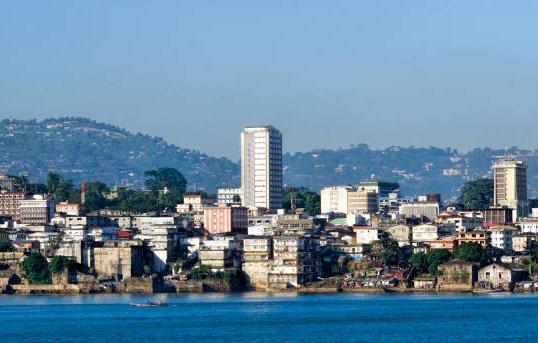
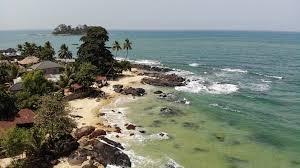
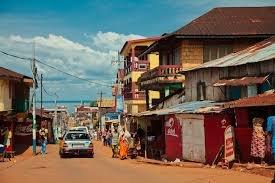
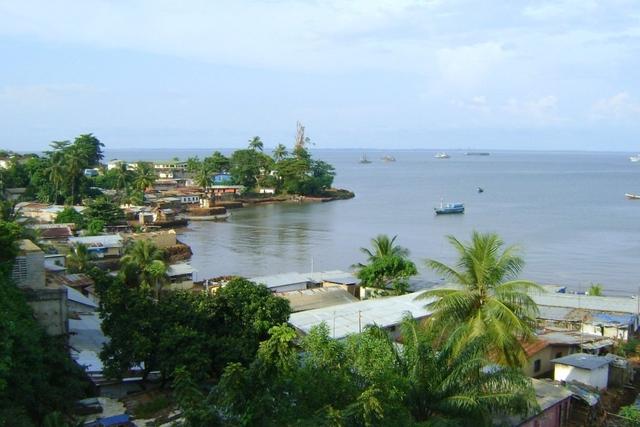
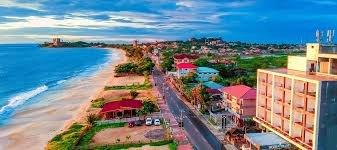
Cuisine
Sierra Leonean cuisine is hearty, flavorful, and rooted in locally available ingredients. Rice is the staple food, typically served with rich stews made from groundnuts (peanuts), cassava leaves, okra, beans, or palm oil. These stews are often accompanied by fish, chicken, goat, or beef, and are spiced with local herbs, chili, and seasoning cubes for a bold taste.
Popular dishes include:
- Cassava leaf stew – made with finely chopped cassava leaves, palm oil, spices, and meat or fish.
- Groundnut soup – a peanut-based sauce, often served with rice or fufu.
- Jollof rice – a spicy, tomato-based rice dish enjoyed across West Africa.
- Fufu or foofoo – a dough-like side made from boiled and pounded cassava or yam.
- Fried plantains, akara (bean cakes), and fish balls are common street foods.
Meals are often eaten by hand, especially in traditional settings, and food is a key part of social and cultural gatherings. Sierra Leonean cuisine reflects the country’s agricultural roots, cultural diversity, and love of bold, comforting flavors.
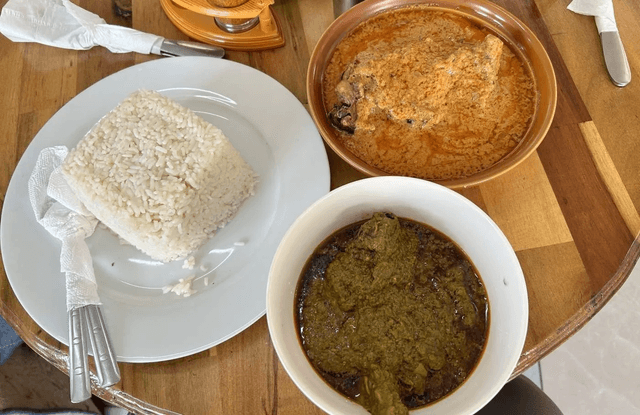
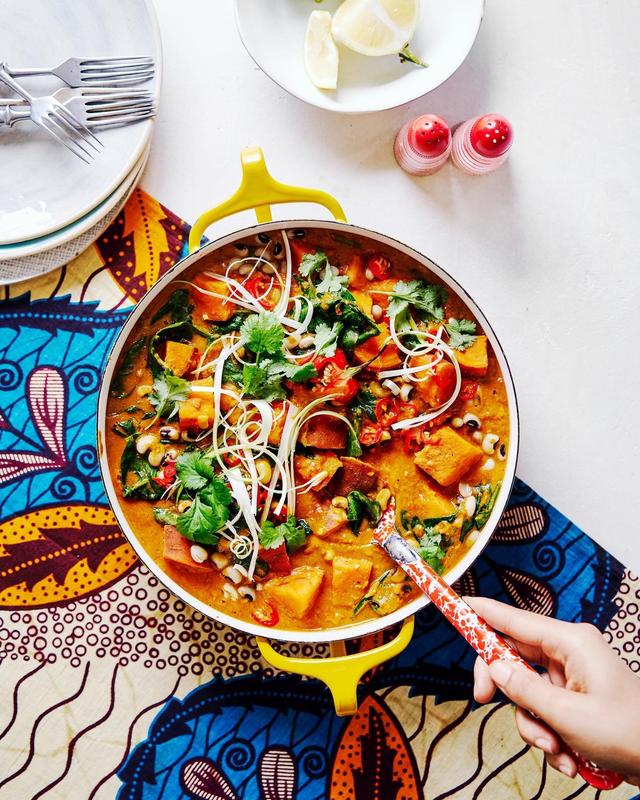
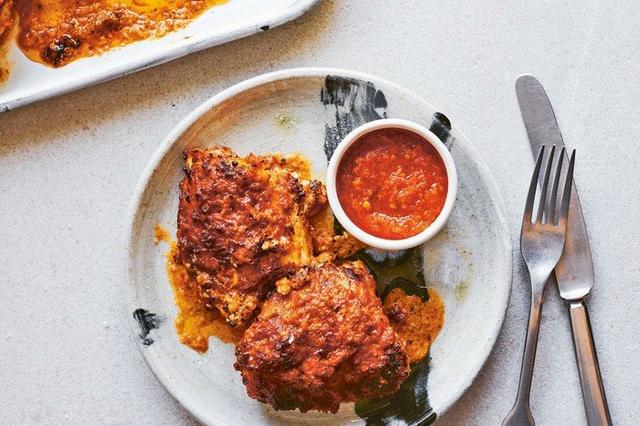
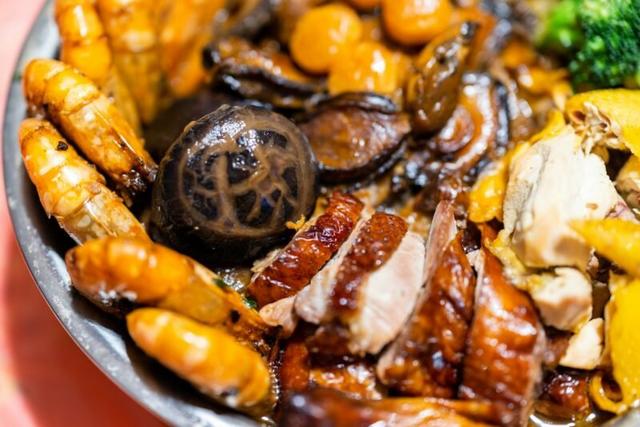
Music
Sierra Leone’s music is a dynamic blend of traditional rhythms, modern sounds, and diverse cultural influences. Rooted in the country’s rich ethnic heritage, traditional music features drumming, call-and-response singing, and storytelling, often performed at ceremonies, festivals, and community gatherings. Instruments like the balafon (wooden xylophone), korah, and various drums play a central role.
One of the most distinctive musical styles is Bubu music, which originated from the Temne people and was modernized by artist Janka Nabay. It combines traditional bamboo flute melodies with fast-paced percussion and electronic beats.
Sierra Leone also embraces Afropop, reggae, hip-hop, and gospel, especially among the youth. Artists blend local languages like Krio with English in their lyrics, addressing themes of love, peace, unity, and social change.
Music is more than entertainment—it's a form of cultural expression, resistance, and identity. Whether through traditional village songs or contemporary urban beats, music continues to be a unifying force across generations and communities in Sierra Leone.
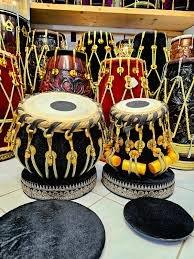
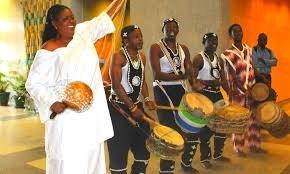
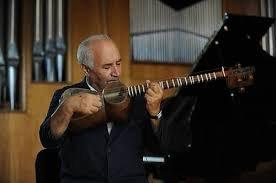
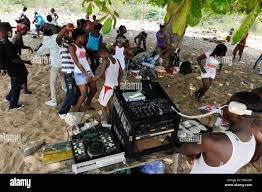
Afropop
Reggae
Hip-hop
Gospel
The arts
Sierra Leone’s artistic heritage is rich, expressive, and deeply tied to its cultural traditions and storytelling. The arts encompass a wide range of forms, including wood carving, mask-making, textile design, pottery, beadwork, and traditional architecture. Many of these crafts are passed down through generations and are closely linked to ceremonies, spiritual beliefs, and social identity.
Traditional masks and carvings are significant in cultural rituals and secret societies such as the Poro and Sande, representing ancestral spirits, social roles, and values. Artisans create intricate designs using local materials like wood, clay, and raffia, often with symbolic meaning.
Textile arts—such as hand-dyed gara (tie-dye) fabrics—are widely produced and worn during celebrations. These vibrant patterns express creativity, identity, and status.
In modern times, contemporary art, painting, photography, and performance art are growing, particularly in urban areas like Freetown. Local artists use their work to reflect social issues, celebrate heritage, and explore post-conflict identity and recovery.
The arts in Sierra Leone serve not only as decoration or entertainment but as vital expressions of cultural memory, resilience, and community values.

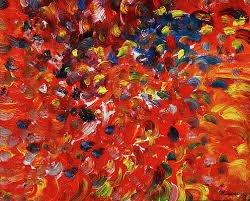
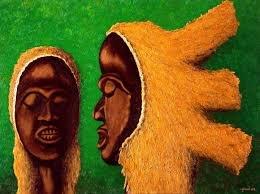
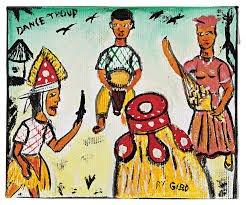
People
Ethnic groups
Sierra Leone is ethnically diverse, with over 16 distinct groups. The largest are the Temne in the north and west, and the Mende in the south and east. Other notable groups include the Limba, Kono, Fula, and the Krio—descendants of freed slaves who settled in Freetown. Each group has its own language, customs, and traditions, yet they coexist peacefully, contributing to the country's rich cultural identity and national unity.
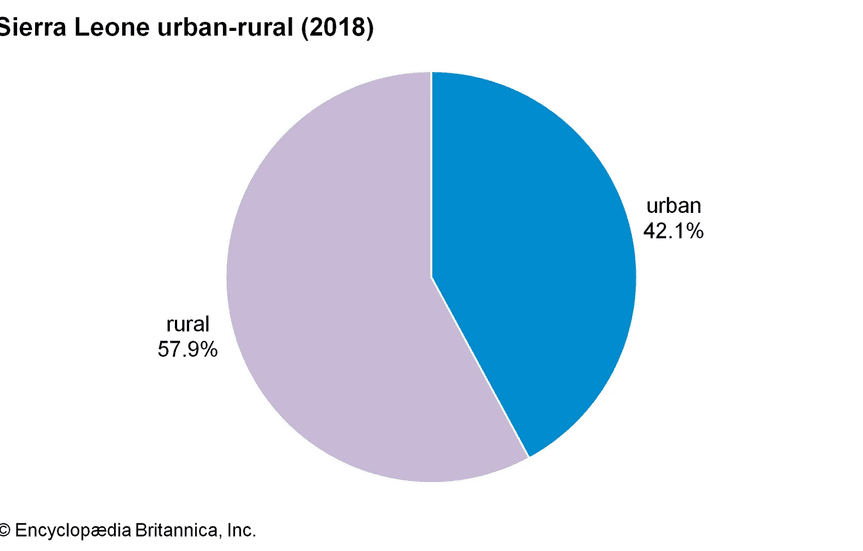




Religion
Sierra Leone is widely recognized for its religious diversity and exceptional interfaith harmony, which stands as a hallmark of its national identity. The population is predominantly composed of Muslims and Christians, with a small number practicing indigenous African religions. Despite these differences, religious coexistence is peaceful and deeply embedded in everyday life, making the country a model of tolerance in the region.
Islam
Islam is the majority religion, followed by approximately 70–78% of the population. Most Muslims in Sierra Leone adhere to Sunni Islam, with influences from Sufi orders like the Qadiriyya and Tijaniyya. Islam plays a significant role in community life, particularly in the northern and eastern regions. Religious practices include daily prayers, fasting during Ramadan, giving alms (zakat), and pilgrimages to Mecca (Hajj) for those who can afford it. Islamic education is widespread through madrasas (religious schools) and community mosques.
Christianity
About 20–28% of Sierra Leoneans identify as Christian, with denominations such as Roman Catholic, Anglican, Methodist, Baptist, Evangelical, and Pentecostal widely represented. Christianity is most prominent in the south, east, and urban areas like Freetown. Churches play a central role in education, healthcare, and social services, as well as in shaping values around community development and moral leadership.
Traditional African Religions
A smaller portion of the population, especially in rural areas, practices indigenous religions or incorporates traditional beliefs into Islam or Christianity. These include reverence for ancestral spirits, nature worship, and rituals involving traditional healers or diviners. Secret societies such as the Poro (for men) and Sande (for women), which are rooted in indigenous spirituality, continue to influence initiation rites, social organization, and moral education.
Religious Harmony
One of Sierra Leone’s most distinctive features is its religious tolerance. Interfaith marriages are common, and it is not unusual for family members to follow different religions. Religious holidays such as Eid al-Fitr, Eid al-Adha, Christmas, and Easter are widely respected by all, often celebrated together in a spirit of unity.
Government and civil society promote inclusive religious representation, with both Christian and Muslim leaders participating in national dialogues and peacebuilding efforts. Faith-based organizations also collaborate in community development and humanitarian initiatives.
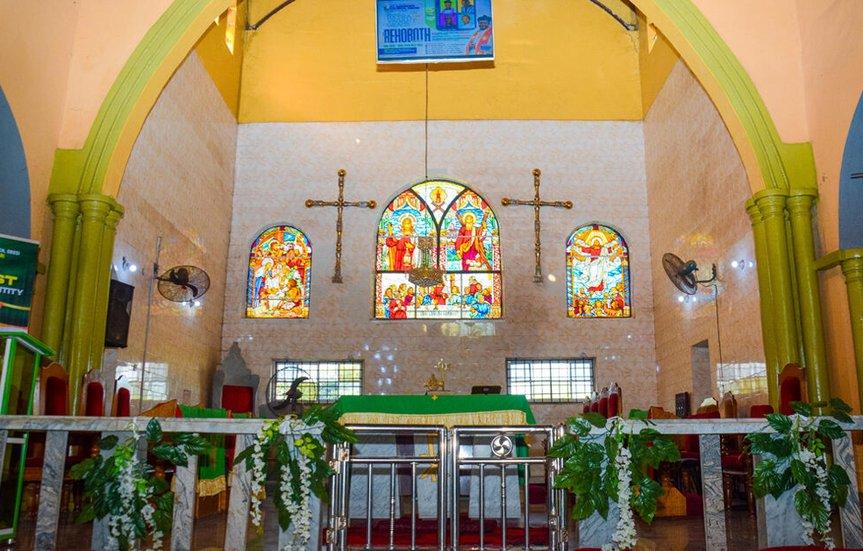
Settlement patterns
Sierra Leone’s settlement patterns reflect a mix of geography, history, ethnic distribution, and economic activity. The country features both urban and rural settlements, with the majority of the population still living in rural areas, though urbanization is steadily increasing.
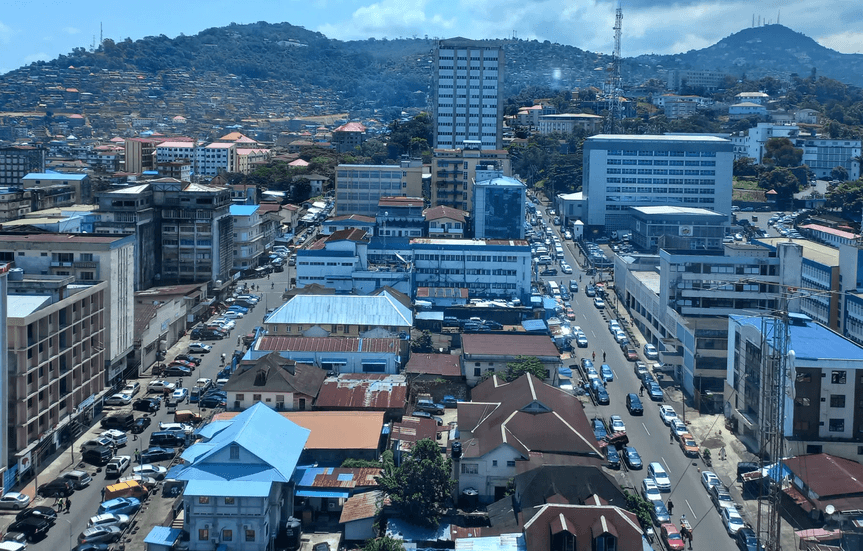
Urban Settlements
The largest and most prominent urban center is the capital city, Freetown, located on the Atlantic coast. Established as a home for freed African slaves in the late 18th century, Freetown remains the political, economic, and cultural heart of the country. It has experienced rapid growth, leading to high population density, informal housing expansion, and infrastructure challenges.
Urban areas attract people seeking employment, education, and healthcare, but also face issues like overcrowding, informal settlements, and limited public services.
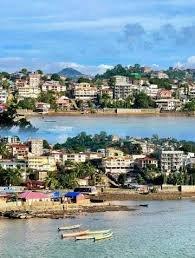
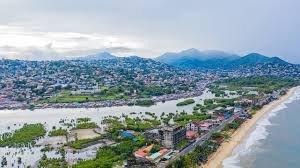
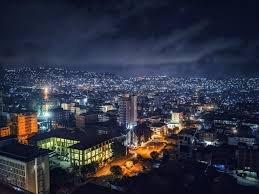
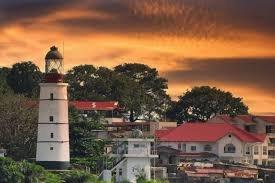
Rural Settlements
The majority of Sierra Leone’s land area is made up of rural villages and small towns, especially in the northern, southern, and eastern provinces. Rural communities are typically based around agriculture, with people engaged in farming, fishing, and small-scale trade. Settlements are often organized by ethnic or clan affiliation, with chiefdoms and village councils playing key roles in local governance.
Traditional rural settlements are usually clustered, with homes built close together for communal living, security, and ease of resource sharing. Houses are often constructed with mud bricks, thatch, or corrugated iron roofs, depending on available materials and economic status.
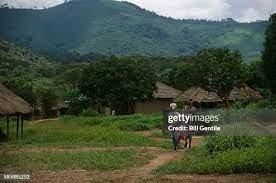
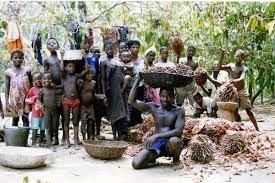

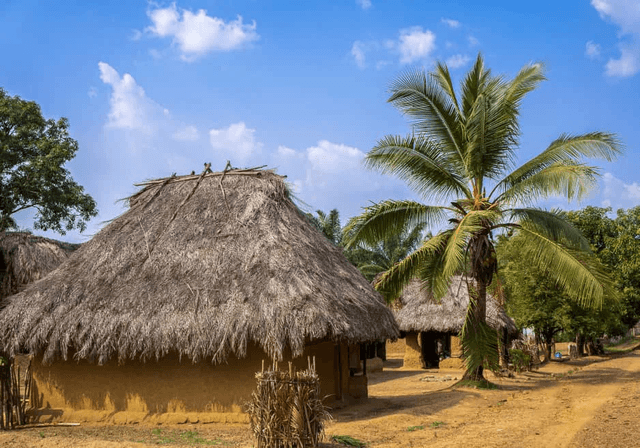
Demographic trends
Sierra Leone’s population in 2025 is approximately 8.8 million and growing steadily at 2.06% annually. The country has a very young population, with a median age of 19.7 years, and high fertility (3.6 births per woman), although birth rates are slowly declining. Life expectancy is 62.1 years, but infant and child mortality remain high. About 45.5% of the population lives in urban areas, with rapid migration to cities like Freetown. Population density varies widely, and the country experiences minor net emigration. Overall, Sierra Leone is undergoing a demographic transition with challenges and opportunities for future development.

Touristic Cities
Lumley and River Number Two Beaches
Located about 10 km from the heart of Freetown, Lumley Beach stretches over 4 km along the western edge of the Freetown Peninsula. By day it’s a serene spot for morning runs, beach volleyball, swimming, and peaceful sunsets, while weekends bring crowds enjoying street food, jogging, and beach football. A lively nightlife scene has emerged along the sand—with beach bars, clubs, street performers, and new eateries like ice cream parlors and restaurants enhancing the atmosphere. Despite earlier concerns about cleanliness, local cleanup efforts have improved its appeal significantly .
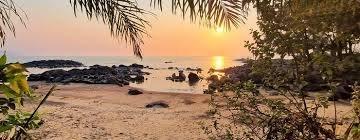
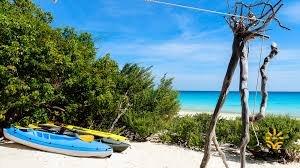

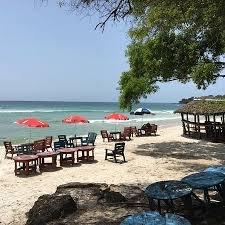
Tacugama Chimpanzee Sanctuary
The Tacugama Chimpanzee Sanctuary, located near Freetown in Sierra Leone’s Western Area Peninsula National Park, is a leading wildlife conservation center founded in 1995. It rescues, rehabilitates, and protects over 120 orphaned or displaced chimpanzees, while also running community education and environmental outreach programs. The sanctuary offers guided tours and eco-lodge stays, making it a key eco-tourism destination. In recent years, it has faced challenges from land encroachment, but continues to expand its conservation efforts with the support of international partners. Tacugama symbolizes Sierra Leone’s growing commitment to biodiversity, sustainability, and responsible tourism.
Historic sites
Sierra Leone is home to a wealth of historic sites that reflect its deep and complex past. Key landmarks include Bunce Island, a former slave-trading post and one of West Africa’s most significant heritage sites; Fourah Bay College, the first university-level institution in Sub-Saharan Africa; and St. George’s Cathedral, a colonial-era church in Freetown. The capital also hosts various historical monuments like the Old Wharf Steps and De Ruyter Stone. On Sherbro Island, the town of Bonthe preserves colonial architecture from the British era. These sites offer visitors a meaningful connection to Sierra Leone’s cultural, educational, and colonial history.




Tokeh Beach & Banana Islands
Tokeh Beach and the Banana Islands are two of Sierra Leone’s most scenic and relaxing coastal destinations. Located just south of Freetown, Tokeh Beach is known for its soft white sand, turquoise waters, and luxurious beachfront resorts, offering a tranquil escape with easy access. Meanwhile, the Banana Islands—made up of Dublin, Ricketts, and the uninhabited Mes-Meheux—are rich in history and nature. Visitors can explore colonial ruins, enjoy snorkeling, diving, kayaking, and experience authentic island village life. Both destinations highlight Sierra Leone’s natural beauty, cultural heritage, and commitment to community-led, sustainable tourism.
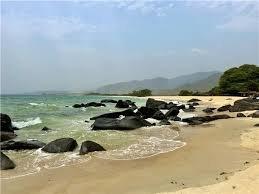
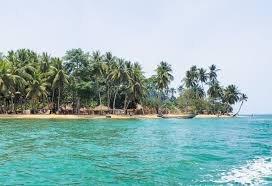
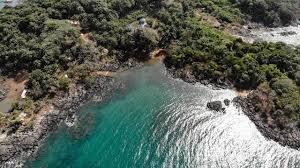
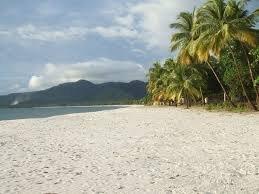
Accomodation
Guest houses
Sierra Leone offers a variety of guest houses that provide both comfort and local charm. Popular options include Tokeh Sands Resort and The Place at Tokeh, which offer beachfront views and a peaceful escape near Tokeh Beach. Bunce Island Lodge offers a combination of accommodation and historical tours, while Lakka Beach Guest House provides a more affordable, quieter stay along Lakka Beach. Medina Guest House and Kendeja Hotel offer modern amenities in Freetown, ideal for both business and leisure travelers. These guest houses cater to different preferences, ensuring a memorable experience of Sierra Leone's hospitality and beauty.
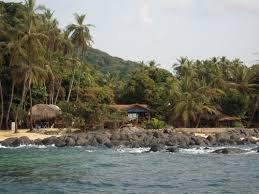
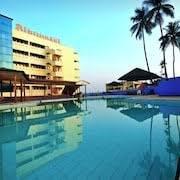
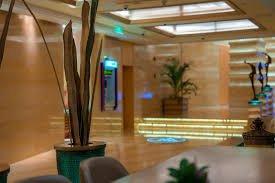
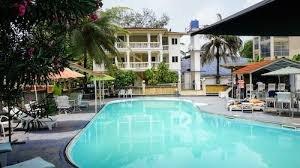
Hotels and resorts
Sierra Leone boasts a variety of hotels and resorts catering to different budgets and preferences. Luxury options include the Radisson Blu Mammy Yoko Hotel and Mamba Point Hotel in Freetown, offering top-tier amenities and great views. Tokeh Sands Resort and The Place at Tokeh provide tranquil beachfront retreats on Tokeh Beach. More affordable accommodations like Hotel Barmoi and Kimbima Hotel still offer comfort and good service. For those seeking a relaxed coastal experience, Turtle Beach Resort is an ideal choice. Whether looking for luxury or budget-friendly stays, Sierra Leone has a range of options for travelers.
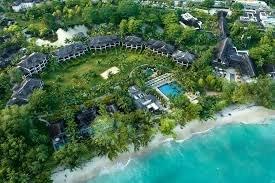
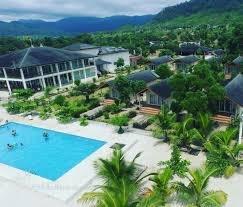
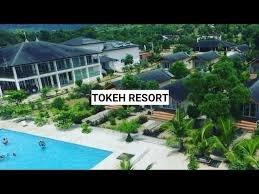

Campings
Sierra Leone offers some camping opportunities in its beautiful natural settings, although camping infrastructure is not as widespread as in other countries. Notable locations include Tokeh Beach, where visitors can camp by the ocean, and the Banana Islands, which offer eco-tourism experiences with camping options. The Tacugama Chimpanzee Sanctuary and Gola Rainforest National Park also provide opportunities for outdoor adventures and camping in lush environments. While camping facilities may be basic, these destinations offer a unique, rustic experience for nature lovers and adventurers seeking an off-the-beaten-path experience in Sierra Leone.
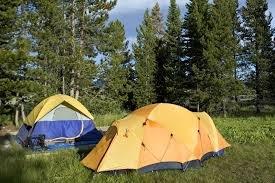
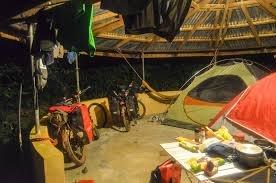
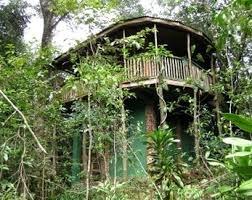
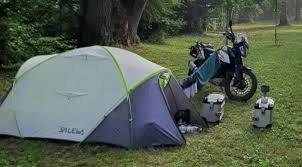
Requirements for Visa
Documents to be submitted for your application
- Passport: Valid for at least 6 months beyond your planned stay.
- Visa Application Form: Completed and signed.
- Passport-sized Photographs: Usually 2 recent passport-sized photos.
- Visa Fee: Proof of payment of the visa fee.
- Flight Itinerary: A return or onward flight ticket.
- Accommodation Details: Hotel reservation or host invitation letter.
- Proof of Sufficient Funds: Bank statements, credit card statements, or a letter from your employer.
- Travel Insurance: Coverage for medical emergencies during your stay.
- Yellow Fever Vaccination Certificate: Proof of vaccination if traveling from a country with risk of yellow fever.
Economy of Sierra Leone
Agriculture, forestry, and fishing
Sierra Leone’s economy relies heavily on agriculture, forestry, and fishing, with these sectors providing vital employment and contributing significantly to the nation's GDP. Agriculture, particularly rice, cocoa, coffee, and oil palm, forms the backbone of the economy, yet faces challenges such as climate change, outdated farming methods, and limited infrastructure. Similarly, the forestry sector provides valuable timber, non-timber forest products, and fuelwood but is increasingly threatened by deforestation, illegal logging, and unsustainable practices. Fishing, particularly artisanal fishing, is crucial for food security and livelihoods along the coast, although overfishing, illegal fishing, and lack of infrastructure undermine the sector’s sustainability. To unlock the potential of these sectors, Sierra Leone must prioritize sustainable practices, infrastructure development, and stronger regulatory frameworks to ensure the preservation and growth of its natural resources for future generations.
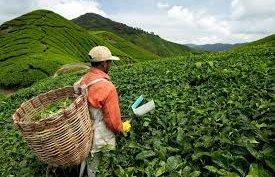
Resources and power
Sierra Leone is richly endowed with natural resources, including minerals, water bodies, forests, and arable land, which form the foundation of its economic potential. The country is particularly known for its mineral wealth, especially diamonds, which have long been a major export and source of revenue. In addition to diamonds, Sierra Leone possesses significant deposits of rutile (titanium ore), bauxite, gold, and iron ore. These resources attract both domestic and foreign investment, although the sector has faced issues related to environmental degradation, regulation, and illicit mining activities. The country also has vast water resources from rivers and rainfall, offering strong potential for hydroelectric power generation. However, electricity access remains limited, particularly in rural areas, and the national grid is underdeveloped. Efforts are underway to expand energy infrastructure through investments in hydropower and renewable energy sources, such as solar, to reduce reliance on costly fossil fuels and improve energy access. Forest resources provide timber and other products, though deforestation remains a concern. Overall, while Sierra Leone’s natural resources present significant opportunities for economic development, sustainable management and improved governance are essential to ensure they contribute equitably to national growth and long-term stability.
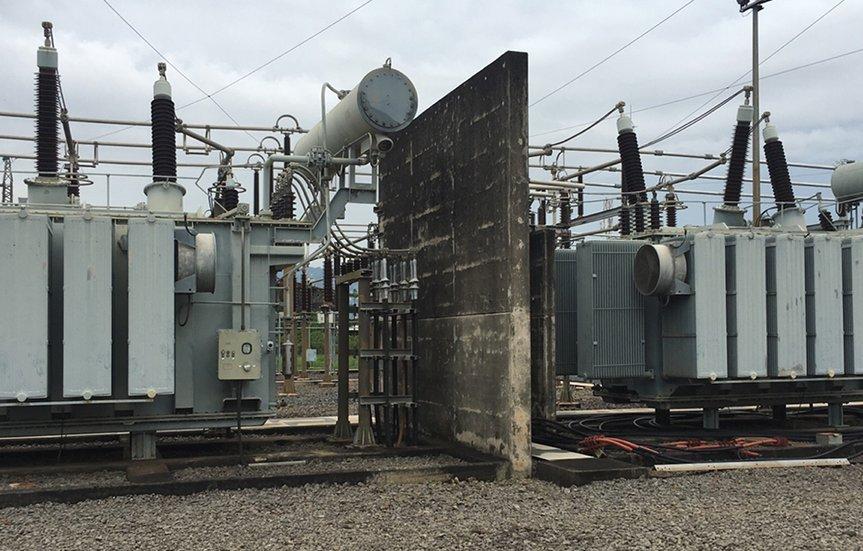
Manufacturing
Sierra Leone’s manufacturing sector is small but gradually growing, focused mainly on consumer goods like beverages, soap, textiles, and agro-processed products. Though it contributes less than 8% to the national GDP, recent investments and government initiatives—such as Special Economic Zones and support for agribusiness—are helping to revive the industry. Projects like the $428 million factory investments are expected to create thousands of jobs and boost local production. With continued support, the sector has strong potential to contribute more significantly to economic diversification and job creation.
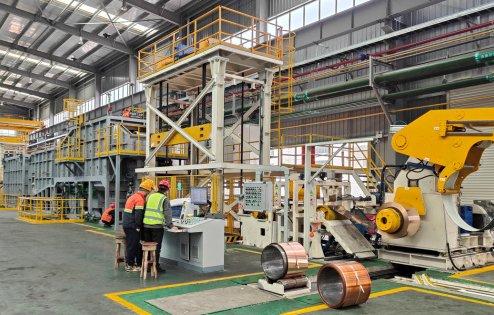
Finance
Sierra Leone’s financial sector is small but evolving, with ongoing reforms aimed at expanding access and improving stability. The Bank of Sierra Leone oversees monetary policy and has recently introduced reforms like currency redenomination and digital payment systems. Financial inclusion remains low, with fewer than 30% of adults using formal financial services, but mobile money and digital finance are rapidly growing. New initiatives, such as the National Payment Switch, aim to improve transaction efficiency and reach rural communities. Challenges remain, including limited private sector lending, high borrowing costs, and weak financial infrastructure, but the sector is gradually modernizing with strong potential for future growth.
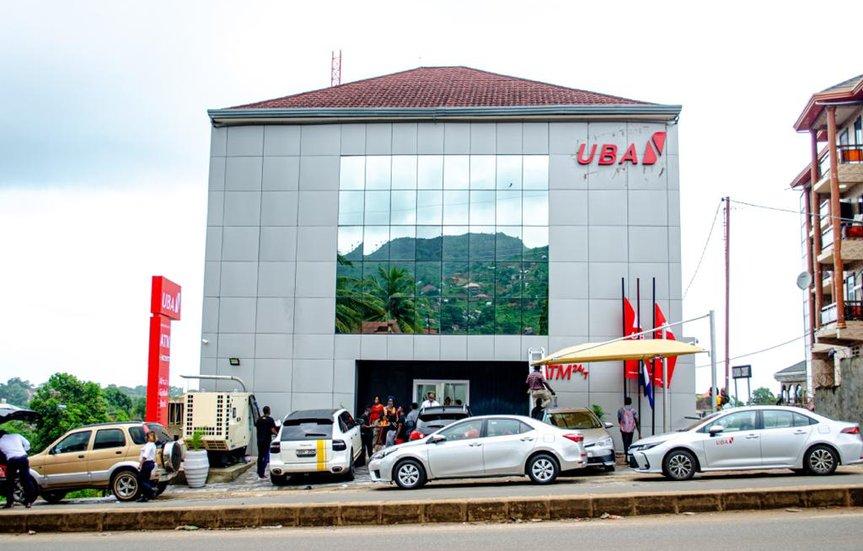
Trade
Sierra Leone’s trade is a key part of its economy, accounting for over half of its GDP. The country mainly exports minerals like iron ore, titanium, and diamonds, with China, Belgium, and the U.S. as top destinations. Imports—led by machinery, fuel, rice, and pharmaceuticals—come primarily from China, India, and Turkey. Despite strong exports, Sierra Leone runs a consistent trade deficit due to heavy reliance on imports. The country benefits from trade agreements like AfCFTA and the EU’s Everything But Arms, offering duty-free access to major markets, though full utilization remains limited. Diversifying exports and boosting local production are key future goals.
Ask ChatGPT
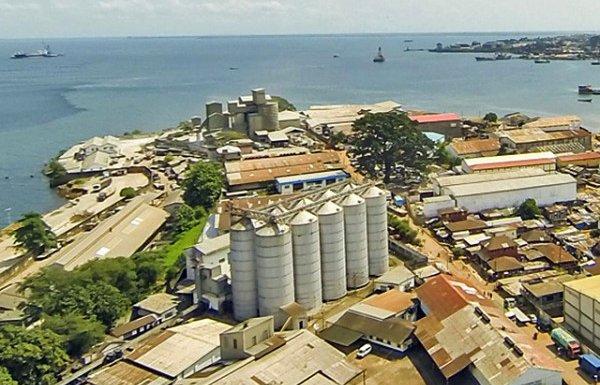
Labour and taxation
Sierra Leone’s labor market is dominated by agriculture and informal trade, with relatively low workforce participation and high youth unemployment. The country faces challenges in creating formal job opportunities and improving employment conditions. On the taxation side, the National Revenue Authority oversees a system that includes income tax, goods and services tax (GST), customs duties, and other levies. While efforts are being made to improve tax collection, issues like low compliance and enforcement gaps continue to limit revenue generation. Overall, both the labor and tax systems are in need of reform to support sustainable economic development.
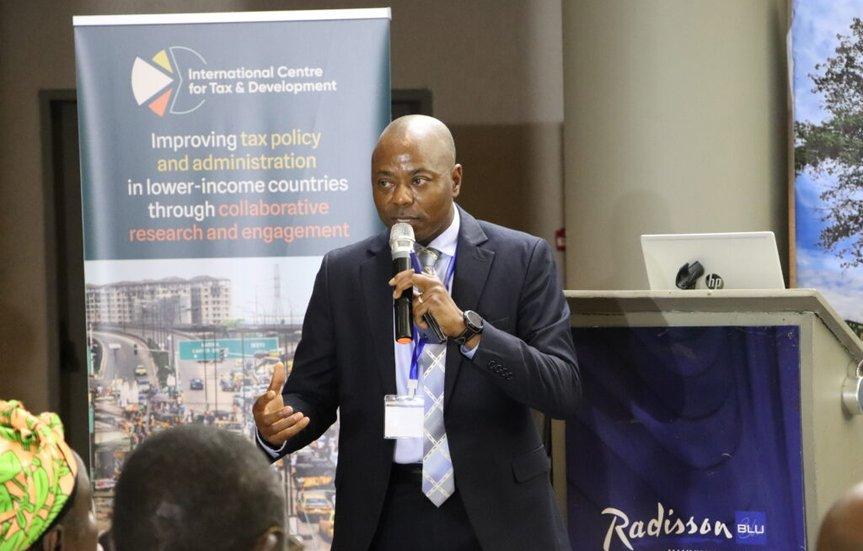
Transportation and telecommunications
Sierra Leone’s transportation system is undergoing significant improvements, with major upgrades to highways, bridges, and rural roads enhancing connectivity and resilience. In Freetown, urban transport is being modernized through new high-capacity buses, dedicated lanes, and smart systems under the SLIRUMP project. Water transport remains vital, with active ports and ferry services supporting movement, while a new bridge to Lungi Airport is under construction. Air travel is centered on Lungi International Airport, with the recent launch of Air Sierra Leone. In telecommunications, mobile networks led by Africell, Orange, and Sierratel provide widespread 4G, and a 5G rollout is underway using solar-powered infrastructure. Despite growing internet access, broadband remains costly in rural areas. The government’s SMART Sierra Leone initiative is driving digital transformation through expanded e-government services and digital infrastructure.
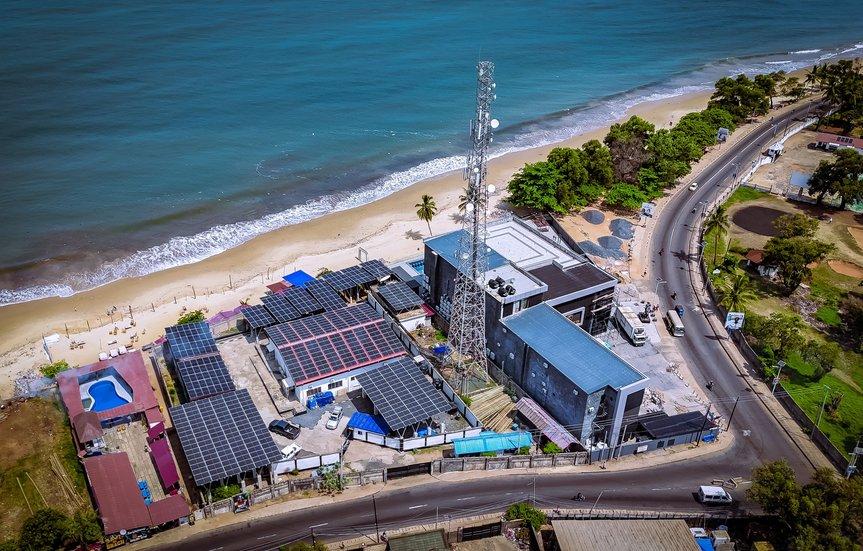
Latest News in Sierra Leone
Politics
The first president of independent Namibia, Sam Nujoma, has died at the age of 95 in the capital Windhoek, the country's current leader has announced.
Politics
Ugandan President Yoweri Museveni has officially announced his intention to seek re-election in the 2026 presidential race, extending his nearly four-decade rule. Museveni, who has been in power since 1986, is once again positioning himself as the steady hand guiding Uganda through challenges. His decision has sparked mixed reactions, with supporters praising his leadership and longevity, while critics call for fresh leadership and political reform. As the nation looks ahead to the 2026 elections, Uganda braces for a heated political contest.
Politics
Peace Agreement with DRC Rwanda and the Democratic Republic of Congo (DRC) signed a U.S.-brokered peace deal aimed at ending conflict and promoting regional trade. Rwanda agreed to stop supporting armed groups like M23 rebels, though it denies involvement. Tensions remain, and President Kagame is cautious about whether the peace will last.
Wildlife
Tanzania has announced that all foreign tourists visiting Mainland Tanzania will be required to purchase a mandatory travel insurance policy upon arrival, beginning January 2026. The new regulation, issued by the Ministry of Finance on July 4, 2025, is part of the government reforms in the country’s 2025/26 financial year agenda. According to the notice, the measure will apply to all non-citizens, with the exception of visitors from countries that are part of the East African Community (EAC) and the Southern African Development Community (SADC). Citizens from these regions will continue to be exempt from the requirement.
Environment
In light of the growing food insecurity crisis across many African nations, heads of state and agriculture experts gathered in Nairobi, Kenya, this week to discuss solutions to address food shortages, especially in regions severely affected by climate change, political instability, and economic challenges. The two-day summit, titled “Agriculture and Climate Resilience: A Pan-African Strategy”, brought together government officials, NGOs, scientists, and international organizations to create a comprehensive strategy to improve agriculture, nutrition, and sustainable food systems across the continent.
Tech & Science
In 2025, Artificial Intelligence (AI) isn’t just a futuristic buzzword - it’s the secret weapon behind some of the world’s most successful content creators. From bloggers and YouTubers to podcasters and marketers, AI-powered tools are changing the way we brainstorm, write, design, and edit. If you've ever struggled with writer’s block, lacked design skills, or wished for faster content creation - AI might be your best assistant yet. Here’s how AI is revolutionizing the creative industry and how you can use it to boost your projects.
